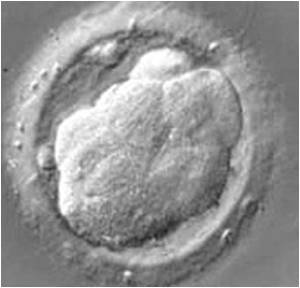The reason why fertility declines at a rate that far exceeds the onset of other aging signs in women has been revealed in a new study from Princeton University.

The newfound similarities suggest that studies of worms can provide a window into the ticking of our own biological clocks, and might ultimately point toward ways to preserve fertility in women who plan to delay having children, the researchers said.
Both human and C. elegans females reproduce for about one-third to one-half of their lives and there are similarities in the process by which our oocytes mature.
In humans, reproductive aging takes place a decade or so before the oocyte supply runs out, suggesting that quality, not quantity, is the limiting factor, which is also the case for worms.
Coleen Murphy and her team found that C. elegans oocytes, like human oocytes, degrade functionally and morphologically with age and that reduction of TGF Sma/Mab and insulin/IGF-1 receptor signalling delays reproductive aging by maintaining oocyte and germline quality.
The signals affect the integrity of embryos, the ability of oocytes to be fertilized, the proper segregation of chromosomes, DNA damage resistance, and the shape of oocytes and of the germline.
Advertisement
The study is published in the October 15th issue of Cell.
Advertisement













